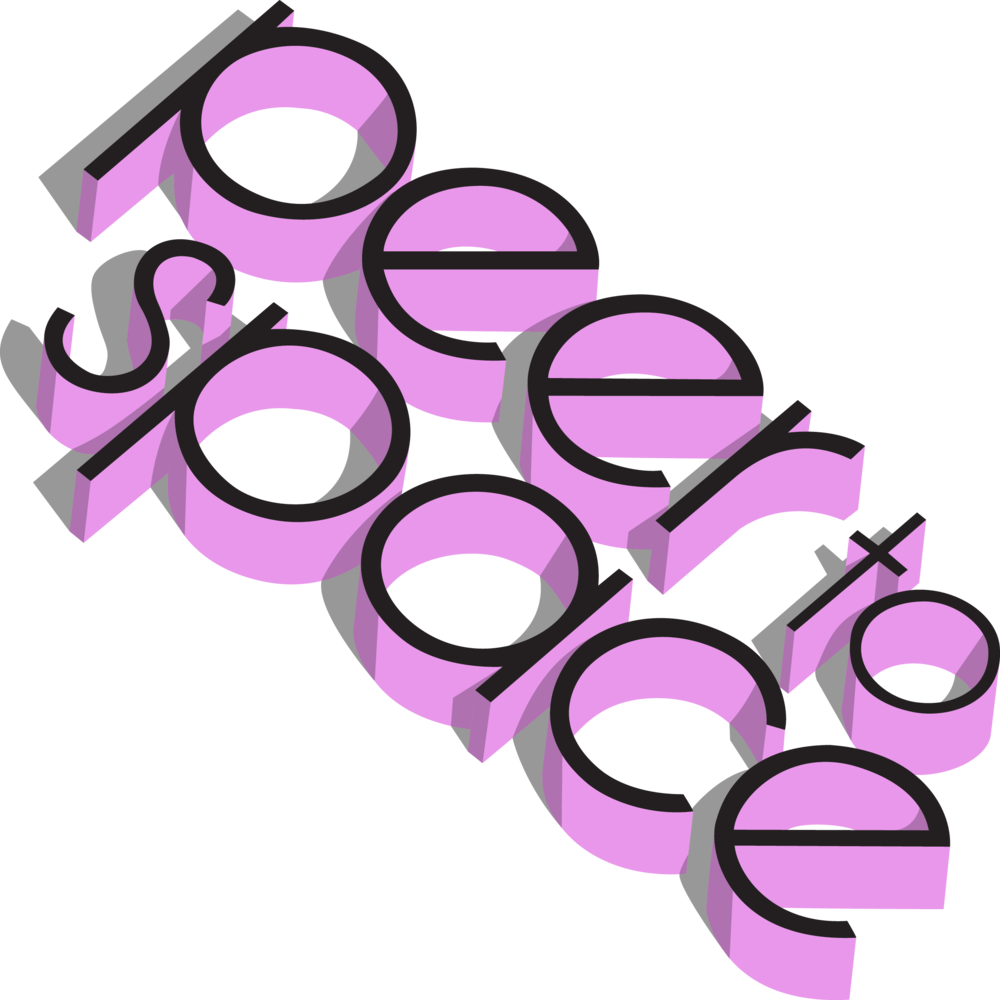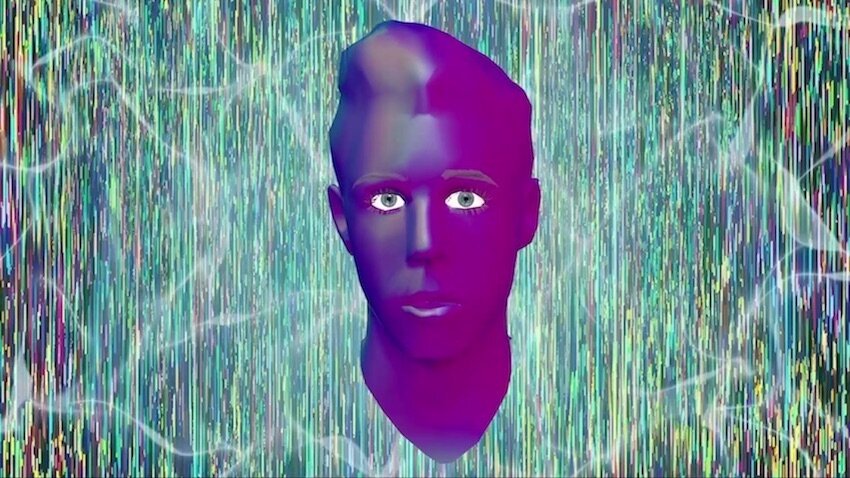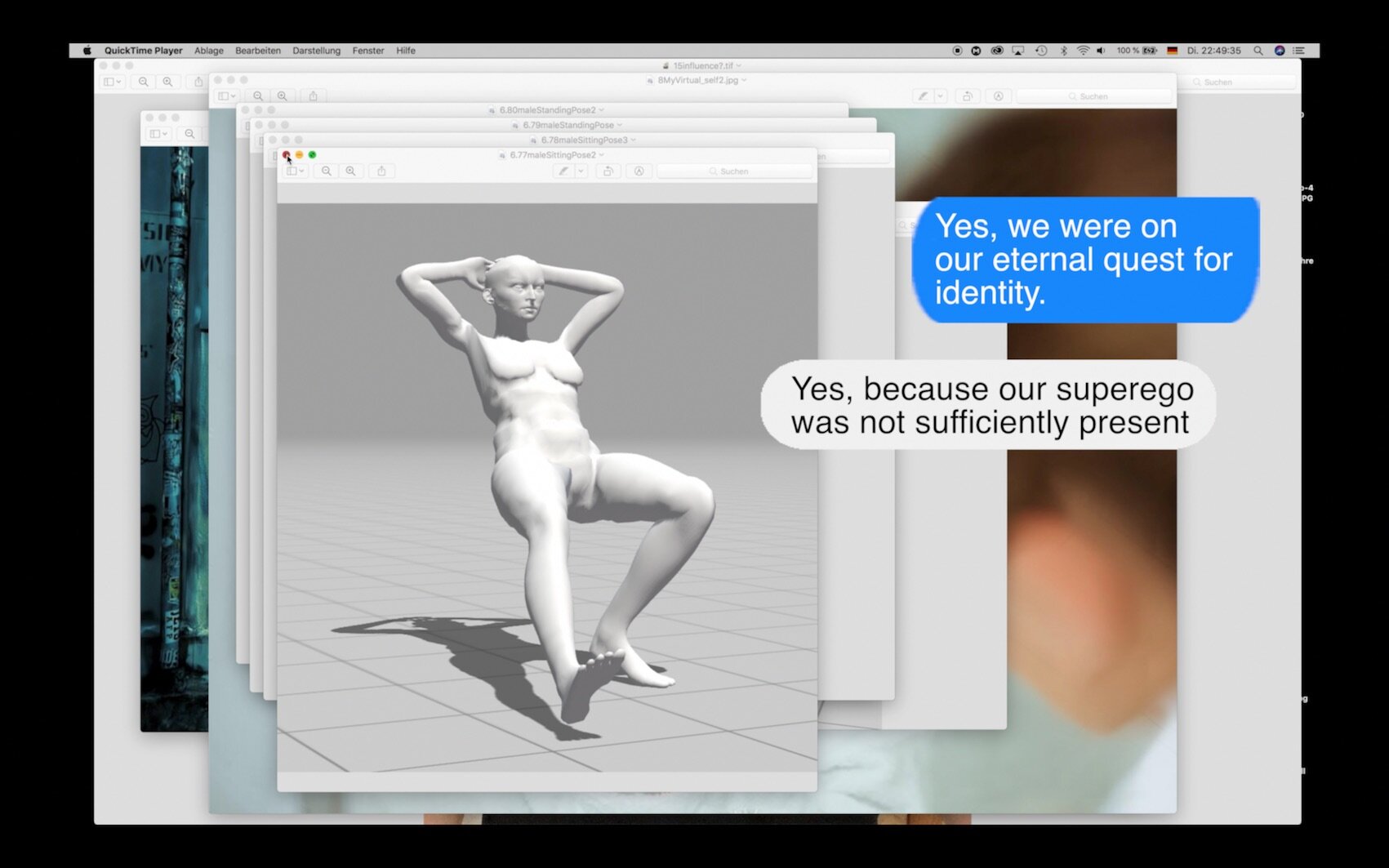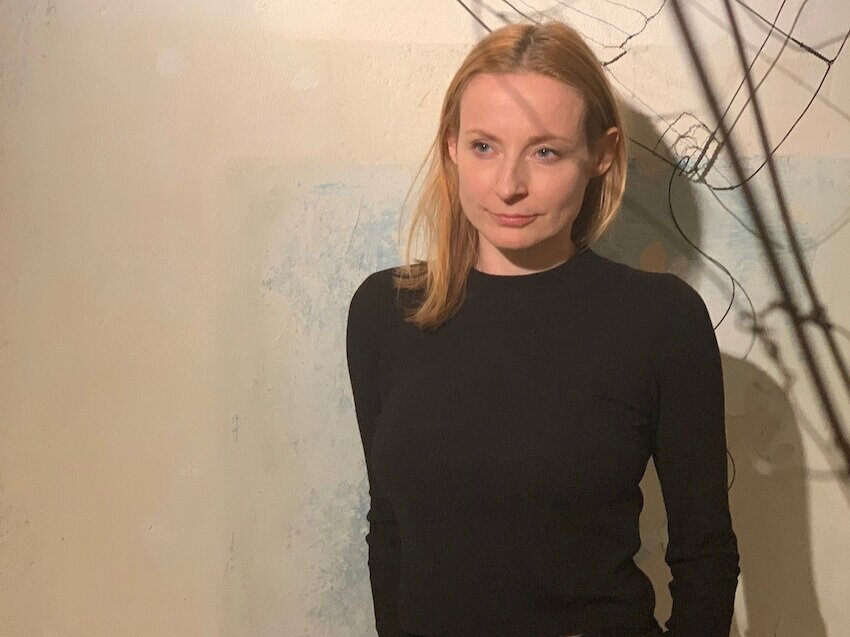PARS PRO TOTO
Online Screenings by peer to space
Pars Pro Toto is peer to space’s online series showcasing video art works which focus on very personal stories narrated by the artist or by the protagonist. The works are embedded in a thematic context of cultural, social, political, or environmental issues. A new iteration focusing on a further topic will be released quarterly. Pars Pro Toto creates a digital space for users to be silent observers and to simultaneously witness the social complexity of the world. By discovering artworks based on individual experiences yet presented in a broader context, the series demonstrates how the personal symbolizes a part of the whole, a pars pro toto. The personal story seen as an extract of an overall reality becomes visible and fits into the mosaic of the collective experience. Exploring larger issues through the individual lens activates awareness within the viewers. This leads to a deeper and more empathetic understanding of today’s global social conditions. The series promotes the importance of freedom of expression and the necessity of providing a voice for everyone as a basis for a caring and participatory society.
Mirror, Mirror
(Online from October 1 until December 31, 2020)
Works by Jonas Blume, Patricia Detmering, Bianca Kennedy
Curated by Gloria Aino Grzywatz and Peggy Schoenegge
In cooperation with medienkunst e.V. - Verein für zeitgenössische Kunst mit neuen Medien
The third iteration of PARS PRO TOTO explores how self can be constructed with artificial intelligence (AI) algorithms. The artists Jonas Blume, Patricia Detmering and Bianca Kennedy offer AIs their private content or allow them to become an active agent of the artwork. They explore how AIs collect personal and convert data into another form of the artist’s identity. Their works blur fictional and factual personal data into a synthetic personality. Jonas Blume reconciles his own biography with Apple’s Siri, resulting in an uncanny yet seemingly personal narrative. Bianca Kennedy lets an intelligent computer proclaim its own thoughts and feelings about its environment and its users. In a personal soliloquy, Patricia Detmering philosophizes about the perception and dissolution of reality. The artworks in Mirror, Mirror consider the interaction between human and artificial intelligence. They question how today’s algorithms co-create and shape the identity of individuals. This process occurs every day as we are exposed to big data’s algorithms online. Our online identity seems to be a distorted mirror image existing independently from our real self, just like Snow White’s mirror becomes an independent-minded entity, shaping the actions of the person looking into it. What about our digital mirror image? Does it influence our self-perception and our actions?
Jonas Blume (DE), Predictive Biography, video, 10:00 min, 2018
Jonas Blume’s Predictive Biography is based on a biographical text co-authored by the artist and his phone. Using the predictive texting feature trained on the artist's syntactical and vocabulary patterns from his texts and emails, he let it re-construct formative and anecdotal events in his biography. An animation was created using motion capture while he lip-synced to Siri reading the biography. While the script for the projection relied on the artist's phone adapting his personal use of language, the animation process demanded he conform his speech to Siri's rhythm, speed and emphasis. The result is a piece that compounds data-based and IRL selves, reality and fiction, the factual and the fabricated. This image of self understands and reconciles online and offline reality, rather than two separate, independent identities.
Patricia Detmering (DE), RealMe, video, 21:07 min, 2020
Patricia Detmering's work RealMe questions the supposed realities of life. By using a laptop, the main character of the artwork try to explore in a personal soliloquy about her artistic career and the related question of her own existence. Starting with analog media, she now increasingly uses digital media arguing this kind of art has the potential to more accurately depict reality. At the same time, the protagonist asks herself whether she is holding onto actual reality in a more precise form or if she is creating mere illusions. RealMe analyses how quickly our idea of reality can dissolve and how closely the supposedly different areas of reality and digital life are linked. The screen thereby mirrors the artist’s self and confronts with the viewer’s digital self.
Bianca Kennedy (DE), Confessions of an Observing Mind, video, 5:55 min, 2015
In Bianca Kennedy’s video animation Confessions of an Observing Mind, the computer is the protagonist. For years it had to keep its mouth shut about the online behavior of its user, knowing the most intimate details. Now it must defend itself against pictures it does not want to see and music it does not want to hear. While the viewers of this animation will not see the computer’s owner Stella Skarsgård in person, they can observe her media behavior and see her private data. Becoming aware of the computer‘s opinion about Stella, the computer comments on her usage as well as the actions of her immediate environment and evaluates them. In this form, the computer, as an object of the digital age, forms its own self, which resembles that of a human being. The computer reveals the intimate insights via the disclosure of its data. Kennedy’s work criticises a sexualized internet culture and asks questions about how we behave while using the internet.
Previous PARS PRO TOTO iterations:
The Personal is Political (2020)
Home Is Where Heart Is (2020)
Mirror, Mirror (2020)
Hou Lang Tui Qian Lang (后浪推前浪) (2021)
Another Person In You (2021)
Giving Contours To Shadows (2021)
Dreams Of Solidarity (2021)
Desire is Something Boundless (2022)
My Body, My Choice? (2022)






